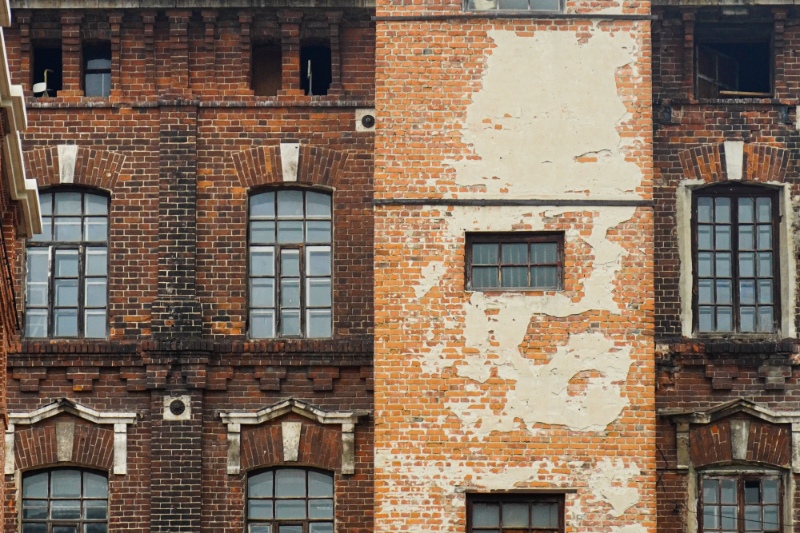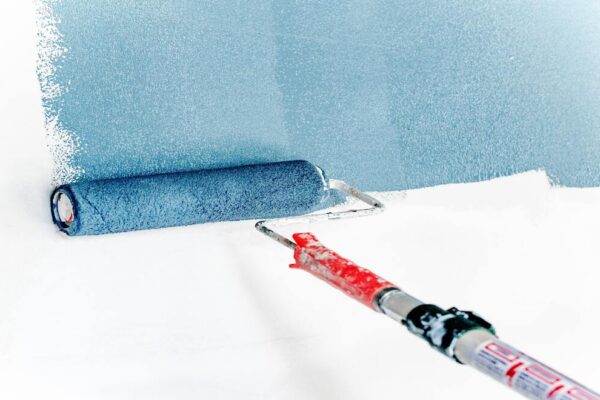More than anything, it’s crucial to feel at ease and content within your own four walls. Investment protection is important. Masonry paint is a very functional paint despite being designed for use on exterior walls. Do masonry paints work on wood? is a question that you might have. Wooden fences, cladding, and weatherboards are suitable surfaces for masonry paints. To find out more about masonry paints, read this article.
What Is Masonry Paint
Masonry paint is a specially formulated coating created to withstand weathering on building exterior walls. The types of exterior masonry paints include limewash, acrylic, and silicate.
These forms hold various qualities and range in strength, durability, and breathability. Some masonry paints are inexpensive, transient mixtures that can temporarily improve the aesthetic appeal of exterior surfaces.
Even though many of these products are water-resistant, the protection is frequently only effective for five years.
Additionally, and perhaps most importantly, some acrylic waterproof masonry paints create a “sealant” on exterior walls, giving the house a waterproof coating. While this keeps water out of the building, the high plastic content greatly reduces the structure’s ability to breathe.
Because moisture from inside the building is trapped there, it cannot leave, which causes serious damp issues, brickwork damage, and expensive repairs.
These “new” masonry paints can cause serious damage to older buildings with solid wall construction, which is especially apparent in those cases.
There are now highly developed waterproof masonry paints that chemically bond with the exterior wall rather than forming a sealant on the surface, like Emperor Masonry Paint and Masonry Creme.
This means that the painted wall’s ability to breathe is unaffected, allowing water vapor to escape from inside the structure while producing a waterproof surface on the exterior that deflects rain.
This not only prevents penetrating damp but is paramount to long-lasting protection from weathering.
Is It OK To Use Of Masonry Paint On Wood
The quick response is “yes”! Depending on the masonry paint you pick. Masonry paints such as Keim Granital or Mapei Silexcolor are only suitable for application onto mineral surfaces. Acrylic masonry paints such as Rust-Oleum Murfill or Bedec Extraflex applied in the correct manner will offer excellent protection and longevity.
Therefore, it is possible to apply some masonry paint types to wooden fences as well as other wooden surfaces like cladding, weatherboard, etc. However, preparation is essential for any paint job, and this is unquestionably true for wood.

As a porous material, wood will absorb paint rather than having it sit as a skin on top of the substrate. Paint will absorb much more readily on sawn wood than on planned wood. Suitable sandpaper, such as 80 grit, is advised for use when sanding planned timber.
By doing this, the timber’s surface will be cracked open, allowing the paint to seep in and adhere to the wood’s fibers. Most manufacturers advise thinning paint by 15–35% in order to aid in the paint’s absorption into the wood.
Most masonry paints are water-based but some such as Zinsser AllWeather Pliolite are solvent based and you should not add water. Alternatively, adding Owatrol E-B to the masonry paint will provide better adhesion to the wooden substrate.
As a result, applying paint without any prior preparation is likely to result in a patchy surface or paint that simply flakes and peels off. Always make sure you adhere to the proper paint preparation procedures to avoid this.
You will be able to avoid having to repeat the painting process much sooner than you had hoped by taking the time to select the right paint and prepare it properly.
Benefits Of Insulating With Masonry Paint
The intention of enhancing the space’s insulation is another factor that influences how frequently new homeowners decide to use masonry paint on wood. There are many advantages to increasing the insulation of the home.
Among the most common justifications for home insulation among homeowners are:
- Reducing the cost of energy bills, to help the family budget go further
- Protecting the walls from damage, caused by wetness, dampness, and dirt
- To improve the comfort of the home, removing pesky draughts and cold spots
Does Masonry Paint Help With Home Insulation
The building’s overall insulation is improved by masonry paint on wood.
Make sure you apply it to every crevice and edge so that no area is missed if you want to get the maximum benefit from it.
The weak points in a house are the untreated, permeable walls. Due to its permeability, it is prone to absorbing moisture and water. Because of this, the walls are not insulated, which causes the house to become chilly and wet.
The porous nature of the material will be protected and offered insulation if you use masonry paint on wood and other porous surfaces in your home.
The exterior walls are protected by the paint, but they can still move and breathe. Even though the walls are insulated, they can still contract and expand as required.
Other than that, masonry paints aid in keeping the heat or air conditioning inside your home and the outside elements out. When applied to the entire exterior, it will also get rid of the drafts and cold spots.
How To Paint Wood With Masonry Paint
The next concern is how to paint properly now that you are aware of whether you should use masonry paints to paint your wooden objects or not.
The steps outlined below will help you avoid having your wood look flaky if you plan to paint it with masonry paint.
- To achieve the best results, you must first prepare the wood surface and the paint.
- To prevent cracks and flaky surfaces, sand the surface smoothly.
- Never apply paint directly to wood; always prime the wood before painting it.
- Let the wood dry out completely. When painted on dry wood or in a dry environment, it is more accurate.
- Now you can paint!
Conclusion
Any queries you had regarding the use of masonry paint on wood should now hopefully be resolved. The lack of a need for a planning permit is one benefit of using masonry paint on wood. As soon as you’re prepared, you can start the work.





